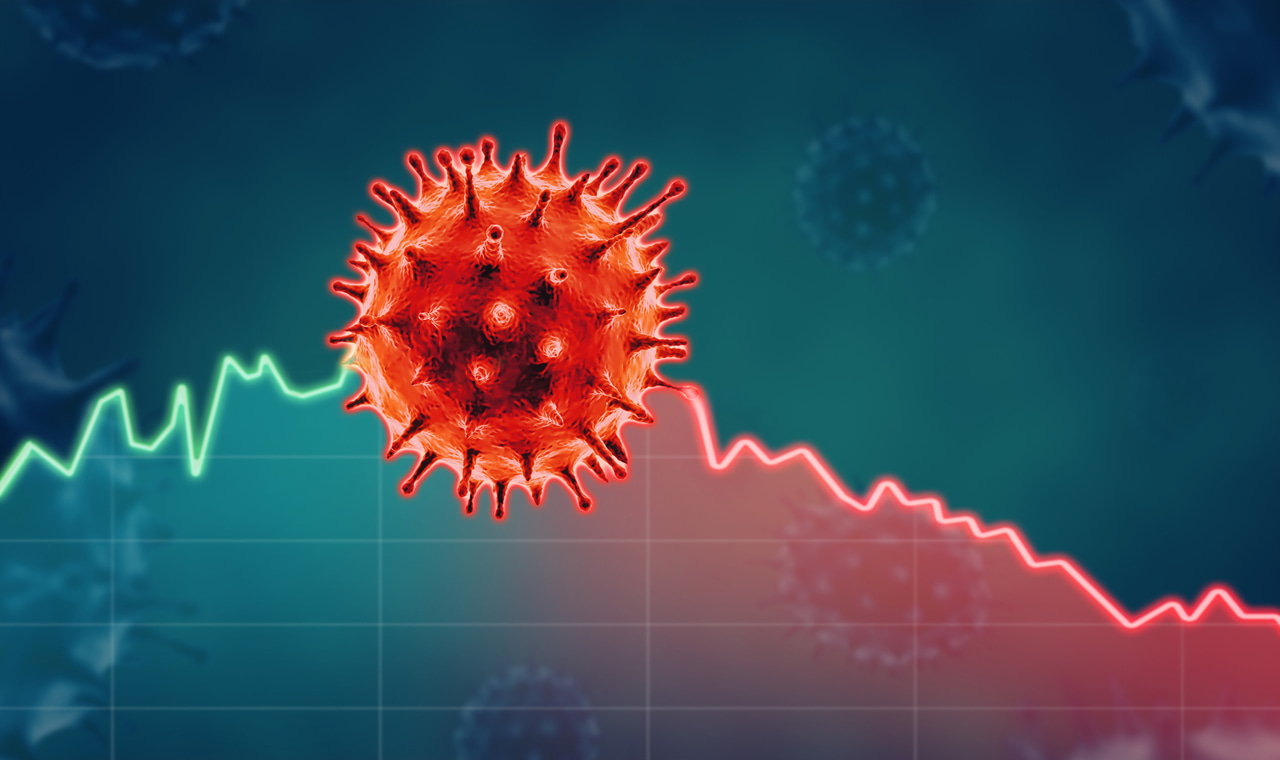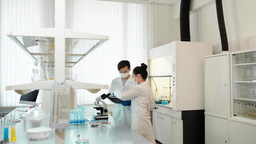The FEBS Journal: Focus Issue on COVID-19

The current year in research, as well as in global news and policies, has been entirely dominated by the spread of SARS-CoV-2 and the disease it causes, COVID-19. Scientific communities across the spectra - from virologists and evolutionary biologists to immunologists and epidemiologists – intensified efforts to gain knowledge of this coronavirus, its effects on and physiological interactions with the host and potential treatments and vaccine development against the virus. The FEBS Journal is at the forefront of journals publishing COVID-19-related original and review-type articles alike and the current Focus Issue illustrates this; Editorial Board member Lawrence Banks and colleagues highlight the variety of COVID-19 research published in their editorial for the Focus Issue [1] and we encourage you to consult the editorial for detailed information on the issue's articles.
The Minireview by the FEBS Journal Editorial Office, Dhillon et al. [2], aims to clear up misunderstandings and incorrect rumours regarding SARS-CoV-2 by providing an overview of the current peer-reviewed literature and the fact-based evidence on certain aspects of the virus such as its origin and the effect of nicotine on COVID-19. In addition, the article by Thomas and colleagues [3] gives a useful overview and guide to coronaviruses and SARS-CoV-2, as well as potential vaccines that are currently being explored. The piece by Glebov et al. [4] discusses the options for drug repurposing with the aim of targeting endocytosis to prevent SARS-CoV-2 entry. In turn, Wlodawer and colleagues [5] focus on improving the design of novel therapeutics by revising structural models of SARS-CoV-2 drug targets in their article. Two further articles highlight aspects of COVID-19 pathology that are currently far less understood: Porzionato et al. [6] argue that the poor disease outcome linked to existing co-morbidities might be due to an overactivation of the sympathetic nervous system. From the laboratory of Guangshou Ou (Li et al. [7]) comes a discussion of the potential underlying mechanisms of the observed loss of smell in COVID-19 patients, which may be caused by the disruption of nasal cilia function. The Viewpoint articles by Olds and Kabbani and Tizabi et al. [8,9] address the controversies and opposing data around nicotine (and smoking) and its protective and adverse effects on COVID-19, which is complemented by another Viewpoint article on tumour-associated receptors that could be providing an alternative viral entry point [10].
In the original research articles of this COVID-19 Focus Issue, an Israeli population-based study by Merzon et al. [11] finds that Vitamin D deficiency correlates with higher COVID-19 infection and hospitalisation, highlighting the importance of epidemiological studies for an in-depth understanding of the pandemic. In connection with this FEBS Journal Editor’s Choice article, the Commentary by Camargo and Martineau [12] recommends randomised clinical trials to assess the effects of Vitamin D supplementation in the prevention of COVID-19.
The remaining original research articles in the issue provide insights into aspects of infectious disease research and immunology and we invite you to browse the content of this issue beyond its COVID-19 focus.
- Zacchigna S, Marcello A and Banks L (2020) Spotlight on COVID-19: from biology to therapy and prevention. FEBS J, doi: https://doi.org/10.1111/febs.15530
- Dhillon P, Breuer M & Hirst N (2020) COVID‐19 breakthroughs: separating fact from fiction. FEBS J, doi: https://doi.org/10.1111/febs.15442
- Atzrodt CL, Maknojia I, McCarthy RDP, Oldfield TM, Po J, Ta KTL, Stepp HE & Clements TP (2020) A Guide to COVID‐19: a global pandemic caused by the novel coronavirus SARS‐CoV‐2. FEBS J, doi: https://doi.org/10.1111/febs.15375
- Glebov OO (2020) Understanding SARS‐CoV‐2 endocytosis for COVID‐19 drug repurposing. FEBS J, doi: https://doi.org/10.1111/febs.15369
- Wlodawer A, Dauter Z, Shabalin IG, Gilski M, Brzezinski D, Kowiel M, Minor W, Rupp B & Jaskolski M (2020) Ligand‐centered assessment of SARS‐CoV‐2 drug target models in the Protein Data Bank. FEBS J, doi: https://doi.org/10.1111/febs.15366
- Porzionato A, Emmi A, Barbon S, Boscolo‐Berto R, Stecco C, Stocco E, Macchi V & De Caro R (2020) Sympathetic activation: a potential link between comorbidities and COVID‐19. FEBS J, doi: https://doi.org/10.1111/febs.15481
- Wei L, Ming Li & Guangshuo O (2020) COVID-10, cilia, and smell. FEBS J, doi: https://doi.org/10.1111/febs.15491
- Olds JL & Kabbani N (2020) Is nicotine exposure linked to cardiopulmonary vulnerability to COVID‐19 in the general population? FEBS J, doi: https://doi.org/10.1111/febs.15303
- Tizabi Y, Getachew B, Copeland R & Aschner M (2020) Nicotine and nicotinic cholinergic system in COVID-19. FEBS J, doi: https://doi.org/10.1111/febs.15521
- Xia P & Dubrovska A (2020) Tumor markers as an entry for SARS‐CoV‐2 infection? FEBS J, doi: https://doi.org/10.1111/febs.15499
- Merzon E, Tworowski D, Gorohovski A, Vinker S, Cohen AG, Green I & Morgenstern MF (2020) Low plasma 25(OH) vitamin D level is associated with increased risk of COVID‐19 infection: an Israeli population‐based study. FEBS J, doi: https://doi.org/10.1111/febs.15495
- Camargo CA & Martineau AR (2020) Vitamin D to prevent COVID-19: recommendations for the design of clinical trials. FEBS J, doi: https://doi.org/10.1111/febs.15534





Join the FEBS Network today
Joining the FEBS Network’s molecular life sciences community enables you to access special content on the site, present your profile, 'follow' contributors, 'comment' on and 'like' content, post your own content, and set up a tailored email digest for updates.